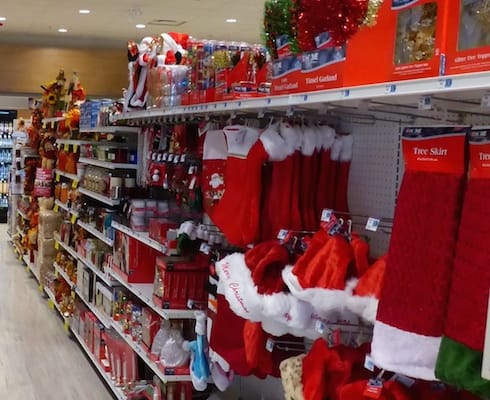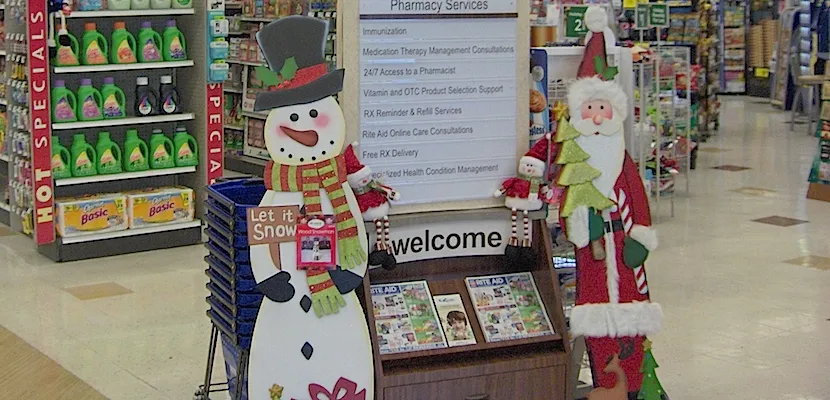The all-important Christmas selling season is about to begin. Truth is, the season begins during the run-up to Halloween and runs, virtually non-stop, through December 24.

The highlights are the countdown to the day after Thanksgiving, the period immediately following Thanksgiving week and the final days before Christmas Day.
Even now, the nation’s drug stores are offering all manner of Halloween treats while trying to determine which products will prove most important for holiday celebrations. If the past is prologue, such staples as costumes and thematic — and higher-priced — Halloween goodies will lead the way to record, or at least acceptable, performance. The usual holiday treats will, hopefully, follow.
But this holiday selling season is initially filled with far more questions than answers, many more problems than solutions.
Thus far, 2016 has been an unspectacular year in terms of merchandise. No surprise categories have emerged, no unsuspected items have rushed to the top of sales charts, no unanticipated new products have emptied store shelves or crammed advertising or promotional calendars.
Result: Christmas sales are up for grabs — and chain drug retailers are placing product bets without much historical support or reliable background.

Which is perhaps as it should be in this very odd year. Put another way, the old standbys — prescription drugs, health care remedies, some beauty products and an odd mixture of general merchandise — have performed adequately, if not spectacularly. Other products and categories have disappointed. Still others have added little to sales, even less to earnings.
In truth, chain drug retailing in 2016 has faced other, more formidable challenges. While there have been no startling changes to transform or disrupt the industry — at this writing, even Walgreens’ acquisition of Rite Aid has failed to achieve completion — this has been a year of several significant personnel changes, some of which bear dramatic implications.
It has been a year of much speculation. It has been a year of digestion, as leading drug chains (measured by size) have sought to absorb the moves they made in previous years. And it has been a year of instability, as new people filled old roles and worked to absorb new ideas, new strategies and new companies.
Even now, as Christmas approaches, old issues remain unresolved, and operational strategies mapped out over a year ago remain incomplete or unfinished. Questions surrounding such industry leaders as Walgreens and CVS still linger, more than a year after plans to resolve them were initially addressed.
And the impact that non-drug retailers — Walmart, Target, Albertsons — promise to exert on traditional drug chains remains a guessing game in a retail segment that is suddenly alive with more questions than answers, more conflicts than resolutions, more guesses than decisive answers.
At bottom, chain drug retailing appears to have hit a momentary lull, in planning and productivity.
Christmas, it appears, will neither save nor destroy the industry. Indeed, other retail segments will likely exert a stronger impact than the chain drug segment.
For the moment, then, the chain drug focus is internal, a matter of getting the industry’s house in order. Sales, it seems, might just have to wait until the new year dawns.
Meanwhile, Halloween is just around the corner. And, right behind it, Thanksgiving and Christmas await. And the chain drug store community will be forced to turn its attention to a quarter that, in the past, has defined the industry’s year.
We’ll see if this year will be different.







